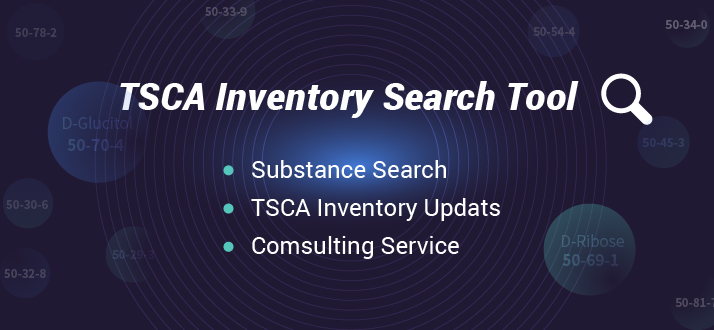Japan Stipulates New Rules for SDS and Labelling
In addition to the addition of substances for mandatory GHS-related obligations under ISHL, the MHLW amended the Ordinance on Industrial Safety and Health to introduce new requirements for SDS and labeling.
On May 31, 2022, Japan’s Minister of Health, Labour, and Welfare (MHLW) published the amendments to Ordinance on Industrial Safety and Health (hereafter referred to as the Ordinance), which stipulated new rules about the SDS delivery methods, SDS elements, labeling requirements, etc.
Japan GHS is implemented under three laws, including the Industrial Safety and Health Act (ISHL), the Pollutant Release and Transfer Register (PRTR) Law and the Poisonous and Deleterious Substances Control Act (PDSCL). According to the ambitious plan outlined in the final report of the Seminar on the Management of Chemical Substances in the Workplace, the MHLW is making progress to expand the number of hazardous chemical substances subject to mandatory SDSs and labels under ISHL. 234 substances have been added to the Schedule 9 of the Enforcement Order of ISHL with corresponding content thresholds, which will be subject to mandatory SDSs and labels from April 1, 2024. A one-year grace period is granted for until March 31, 2025.
In addition to the addition of substances for mandatory GHS-related obligations under ISHL, the MHLW amended the Ordinance to better support the implementation of ISHL and its Enforcement Order. The major amendments are summarized below.
SDS Delivery Methods
Currently, SDS shall be delivered in a method agreed to by the recipient, such as through the delivery of a magnetic disk/CD or the transmission by email/fax, in addition to the delivery of a document. After the revision of the Ordinance, there are two new SDS delivery methods, i.e., through sending the website where the SDS is posted or the QR code. Meanwhile, it is stipulated that prior consent from the recipient is no longer required for delivery methods. The new rules take effect immediately.
In addition, the Enforcement Order of PDSCL4 was also revised on June 3, 2022 to adopt the two new SDS delivery methods.
Update Frequency
From April 1, 2023, it is mandatory to review the health hazards every 5 years. If there are any updates, the SDS must be updated and delivered to the downstream links within 1 year.
New Contents to Display on SDS
The recommended uses of the chemical, as well as the restrictions of the recommended uses shall be indicated on the SDS. It is recommended to indicate such contents in Section 1 of the SDS. The requirements will take effect on April 1, 2024.
Ingredients Concentration Range
From April 1, 2024, the concentration of an ingredient shall be measured by weight (w/w %), and the other concentration units, e.g., mg/L can no longer be used. In addition, the current maximum width of 10% for indicating concentration range will be abolished. For example, at present for ingredient concentration, 12% can be written as [10-20%], 6% can be written as [less than 10%]. However, in the future (from April 1, 2024), in principle a specific concentration shall be indicated on SDS. Concentration range can apply if the ingredient has concentration range due to force majeure (e.g., the foreign supplier only provides a concentration range of the ingredient, or the ingredient has certain properties which result in a concentration range). Besides, the name and concentration of an ingredient that applies to CBI protection rules can be omitted.
Labeling
From April 1, 2023, labeling is mandatory on containers in the factory if the subject chemical is (1) transferred from one container to another; or (2) stored in a container after manufacture.
Contact Us
If you have any questions on global GHS/SDS/Labeling, please feel free to contact us.
Tel: +86 (0)571-87007555
Email: customer@reach24h.com
